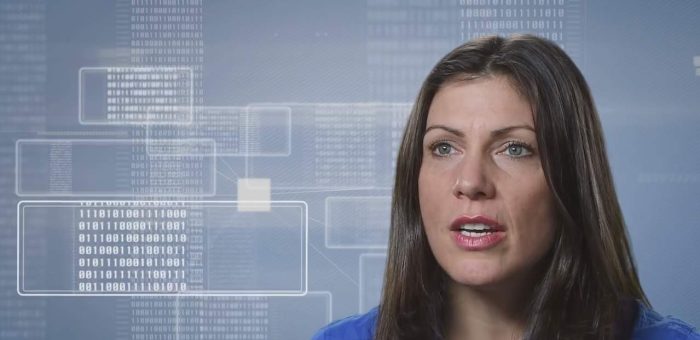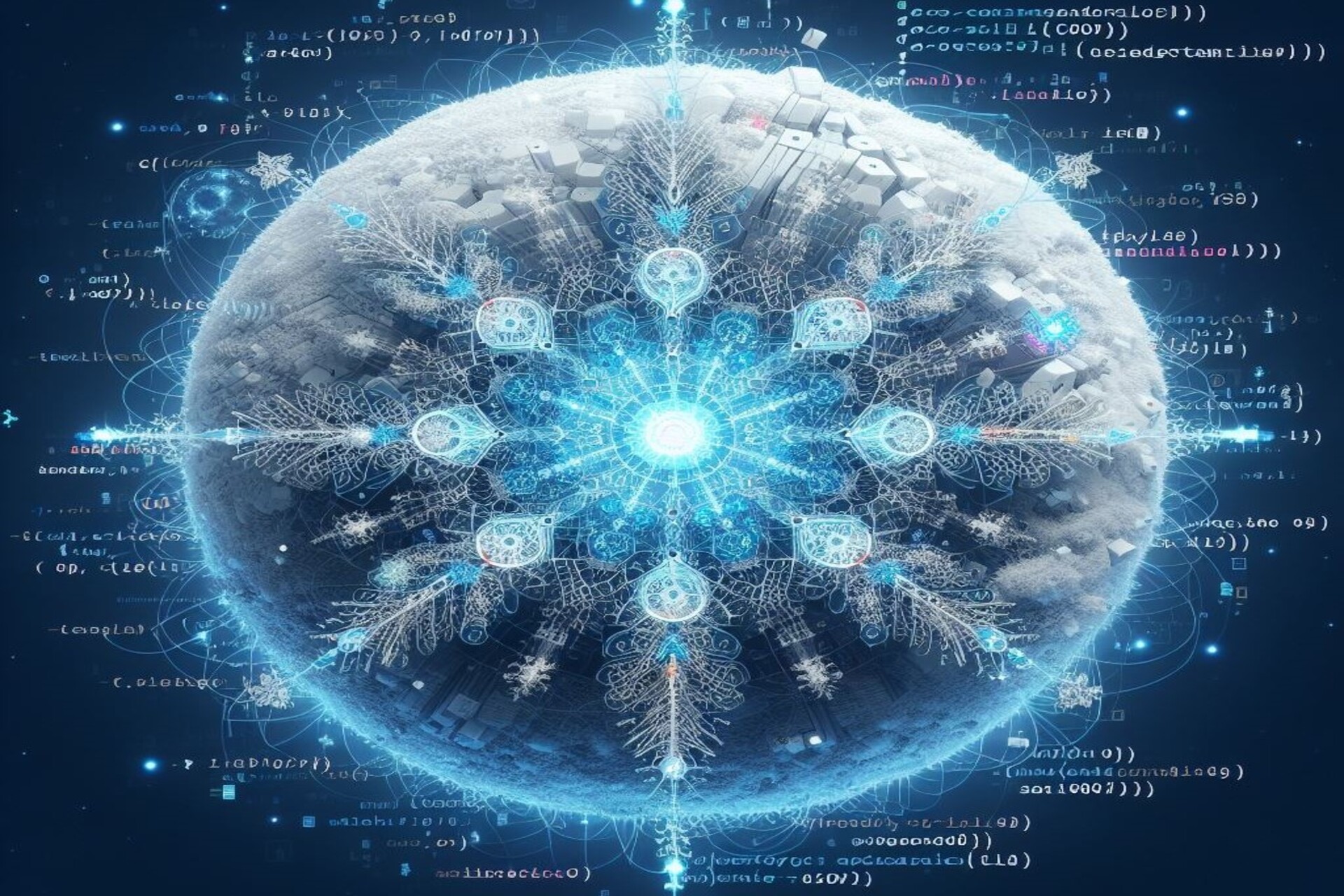Microsoft Research utilizes the cloud to enhance secure data exchange
3 min. read
Published on
Read our disclosure page to find out how can you help Windows Report sustain the editorial team Read more

With more people hurtling down the path of using cloud storage and computing as they continuously store and transfer photos, videos, documents and data via their devices to one another, the need for greater security measures during exchanges is increasing.
Fortunately, most companies are looking into, and applying safety measures to such an evolution of cloud usage, among those seeking to secure user data, is Microsoft. Within the halls of Microsoft’s business lay a dedicated team of researchers from its Microsoft Research division, which have devised a way to enable secure data exchange in the cloud.
Microsoft researcher and writer John Roach penned an article today discussing the various situations and current day implementations of decrypting cloud data that has led the research group to its ultimate breakthrough in securing data exchanges via cloud repositories.
New research from Microsoft aims to unlock the full value of encrypted data by using the cloud itself to perform secure data trades between multiple willing parties in a way that provides users full control over how much information the exchange reveals.
What we are trying to do is keep the data private and, at the same time, get the value out of it,” says Ran Gilad-Bachrach, a researcher in the Cryptography Research group within Microsoft’s research organization and co-author of a paper released in June that describes the protocol, or set of rules, for this system to securely exchange data.”
Roach further clarifies researchers discoveries into secure data exchanges by highlighting the key cornerstones to their research in securing data exchanges which include talk of multiparty computation, test driving data, real world applications and data handoff’s.
The idea behind the use of multiparty computation seems straightforward enough as Roach explains it,
The exchange is based on the idea of a secure multiparty computation, where two or more parties agree to evaluate their data in a way that one or more of the parties gets a result but none of the parties learns anything about the others’ data, except for what can be inferred from the result.
The multiparty computation is akin to a group of employees who want to know where their individual salary ranks in relation to the group as a whole, but none of them wants to reveal their pay to the group.”
Adding to the use of multiparty computation is the idea of tacking on decryption, the use of decryption in multiparty computation would help encrypted data for computing “without actually revealing anything to anyone except the results of the computation.”
As a declarative light on the research, Roach uses a final example of researchers from various medical centers sharing, what amounts to anonymized detailed patient data, to cross examine the outcomes of different treatment plans, without revealing the exact medical center and its current treatment plan.
While only a research project at the moment, the potential of securing data exchanged through the cloud with a combination of decryption and multiparty computation could be huge. No longer would people, businesses and industries worry about their cloud-stored data being up for grabs, but the research could usher in a wave of free flowing data that contains the necessary bits for exchange while not compromising the sender or receiver.








